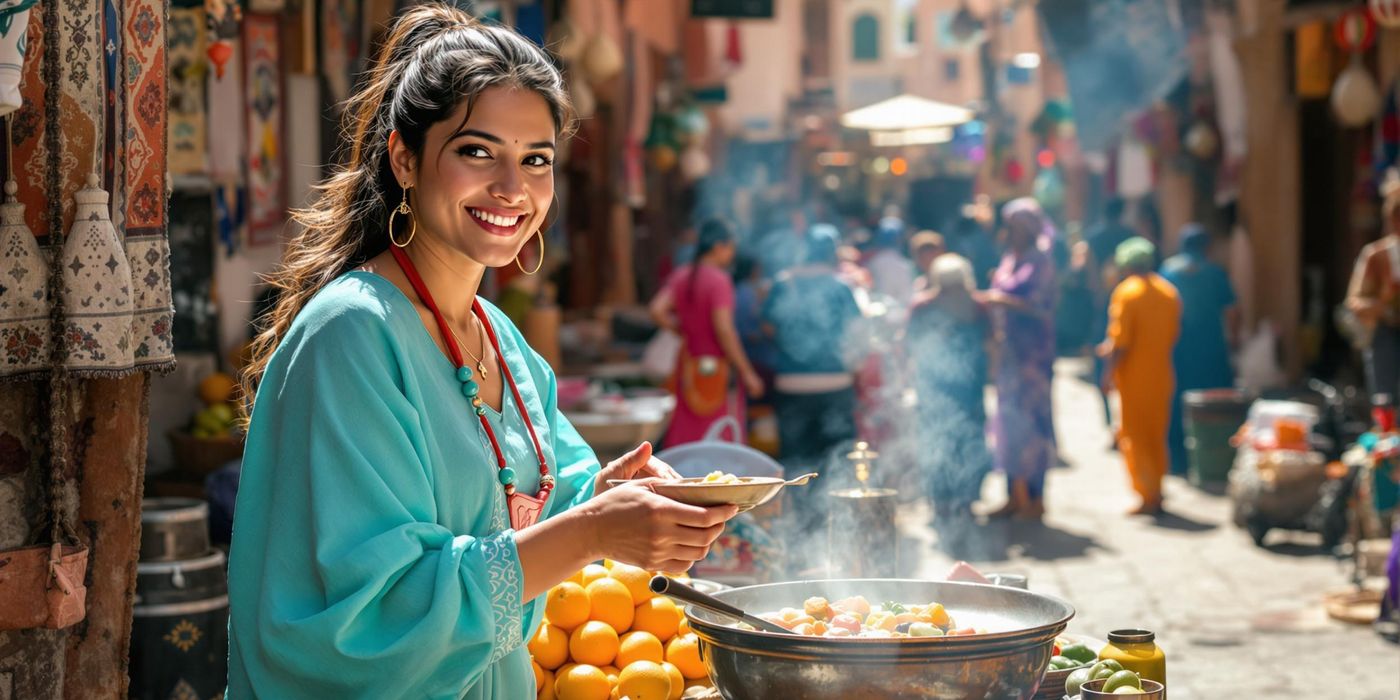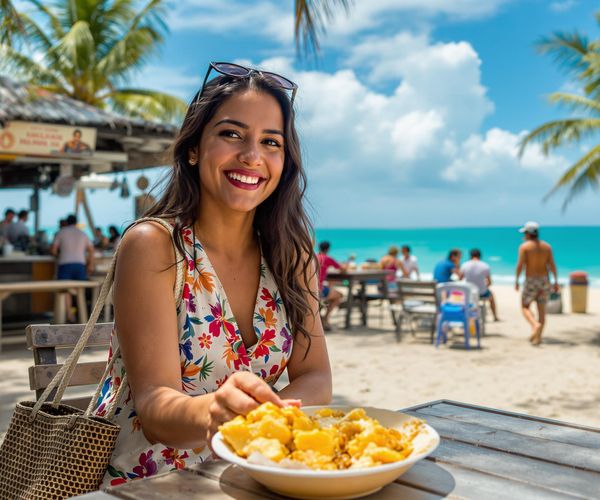Planning a trip can feel like assembling a puzzle, but with the right approach, it transforms into an exciting prelude to your adventure. I'm Valentina Santiago, and as a software developer with a passion for travel, I've learned that a well-crafted itinerary is the secret sauce to unlocking unforgettable experiences. Let's dive into the art of planning, where structure meets spontaneity, and discover how to create the perfect travel itinerary for your next adventure.
Embracing the Pre-Trip Excitement: Why Plan?
Why plan at all? The answer, my friends, is simple: planning amplifies the joy of travel. It's not about rigid schedules; it's about creating a framework for discovery. A well-thought-out itinerary reduces stress, allowing you to focus on the moment. Imagine wandering through the bustling streets of Marrakech without worrying about where to sleep or how to get to your next destination. That's the power of planning! It’s about finding that sweet spot where meticulous preparation meets the thrill of the unknown.
Laying the Foundation: Research and Destination Selection
Before even thinking about packing your bags, research is key. Start by immersing yourself in your potential destinations. Travel blogs, like the one you're reading now, are treasure troves of firsthand experiences and insider tips. Guidebooks, both digital and print, offer structured information about landmarks, accommodations, and transportation. Online forums, like TripAdvisor, allow you to tap into the collective wisdom of fellow travelers.
Choosing a destination involves considering your interests, budget, and the time of year. Are you a history buff dreaming of Rome, or an adventurer yearning for the landscapes of Patagonia? Factor in seasonal considerations like weather patterns and peak tourist seasons. Don't forget to check local customs, climate, and visa requirements. Nothing puts a damper on a trip faster than realizing you need a visa you didn't know about!
Building Blocks: Key Elements of an Effective Itinerary
An effective itinerary is more than just a list of places to see; it’s a carefully curated experience. Start by identifying your must-see sites and experiences. What are the things you absolutely cannot miss? Prioritize these and build your itinerary around them.
Realistically allocate time for each activity, considering travel time and potential delays. Remember, things rarely go exactly as planned, and that's okay! Balance structured activities with free time for exploration. Allow yourself to wander, get lost, and stumble upon hidden gems. And, most importantly, incorporate rest days to avoid burnout. Travel is exhilarating, but it can also be exhausting. Listen to your body and give yourself time to recharge.
Tools of the Trade: Itinerary-Building Resources
In today's digital age, we have a plethora of itinerary-building tools at our fingertips. Apps like Google Maps, TripIt, Wanderlog and Stippl can help you organize your travel details, track reservations, and discover nearby attractions. Google Maps is great for visualizing routes and finding local gems, while TripIt excels at consolidating all your booking confirmations in one place.
There are pros and cons to using digital tools versus traditional methods like spreadsheets or documents. Digital tools offer convenience and real-time updates, but they can be unreliable without internet access. Traditional methods provide a tangible backup but require more manual effort. Personally, I like to use a combination of both – a digital app for on-the-go planning and a printed itinerary for peace of mind. Don't forget to utilize features like offline maps and real-time updates to stay connected and informed, even when you're off the grid.
The Human Element: Incorporating Personal Preferences
The best itineraries are those tailored to your personal interests and travel style. Are you an adrenaline junkie seeking out extreme adventures, or a culture enthusiast eager to explore museums and historical sites? Perhaps you're somewhere in between, craving a mix of both. The key is to be honest with yourself about what you enjoy and design your itinerary accordingly.
Consider the type of travel you're undertaking – solo, couple, or family. A solo traveler might prioritize flexibility and spontaneity, while a family might need a more structured itinerary with kid-friendly activities. And when it comes to accommodations, choose options that align with your preferences. Eco-luxury resorts, budget-friendly hotels, cozy guesthouses – the possibilities are endless!
The Art of Flexibility: Leaving Room for the Unexpected
As much as I love a well-structured plan, I also believe in the magic of spontaneity. Building flexibility into your itinerary is crucial for embracing the unexpected. Leave some days open for spontaneous activities or unexpected discoveries. Maybe you'll stumble upon a hidden café, a local festival, or a breathtaking viewpoint that wasn't in your guidebook. These unplanned moments often become the most cherished memories of your trip.
Be prepared to handle unforeseen circumstances like bad weather or tour cancellations. Have backup options for attractions or accommodations. A little bit of flexibility can go a long way in turning a potential disaster into a serendipitous adventure.
Maximilian's Input: Tech Integration and Efficiency
My husband, Maximilian, is a data scientist, so naturally, he brings a tech-savvy perspective to our travel planning. He's a whiz at using technology to enhance the itinerary planning process. He's always on the lookout for new travel apps and online resources to streamline bookings and logistics. He uses data to optimize travel routes and find the best deals on flights and accommodations.
Maximilian emphasizes the importance of staying connected and informed during the trip. He recommends using a local SIM card or a portable Wi-Fi device to access the internet and stay up-to-date on travel advisories, weather forecasts, and local news. He also suggests using translation apps to communicate with locals and navigate unfamiliar situations. Thanks to Maximilian, our trips are not only well-planned but also incredibly efficient and stress-free.
Sustainable Choices: Planning with a Conscience
As travelers, we have a responsibility to minimize our impact on the planet and support local communities. Incorporating sustainable practices into itinerary planning is a way to travel with a conscience. Look for ways to support local businesses, such as eating at family-owned restaurants, buying souvenirs from local artisans, and staying at locally owned guesthouses. These choices not only benefit the local economy but also provide a more authentic and immersive travel experience.
Choose eco-friendly accommodations and transportation options whenever possible. Look for hotels that have implemented sustainable practices, such as energy-efficient lighting, water conservation measures, and waste reduction programs. Consider using public transportation, cycling, or walking instead of renting a car. Embrace cultural immersion and responsible tourism by learning about local customs, respecting local traditions, and engaging with local communities in a meaningful way. By making conscious choices, we can travel in a way that is both enriching for ourselves and beneficial for the planet.
Crafting the perfect travel itinerary involves balancing detailed plans with room for spontaneity. Learn how to research, prioritize, and use tech to enhance your travel experiences.









